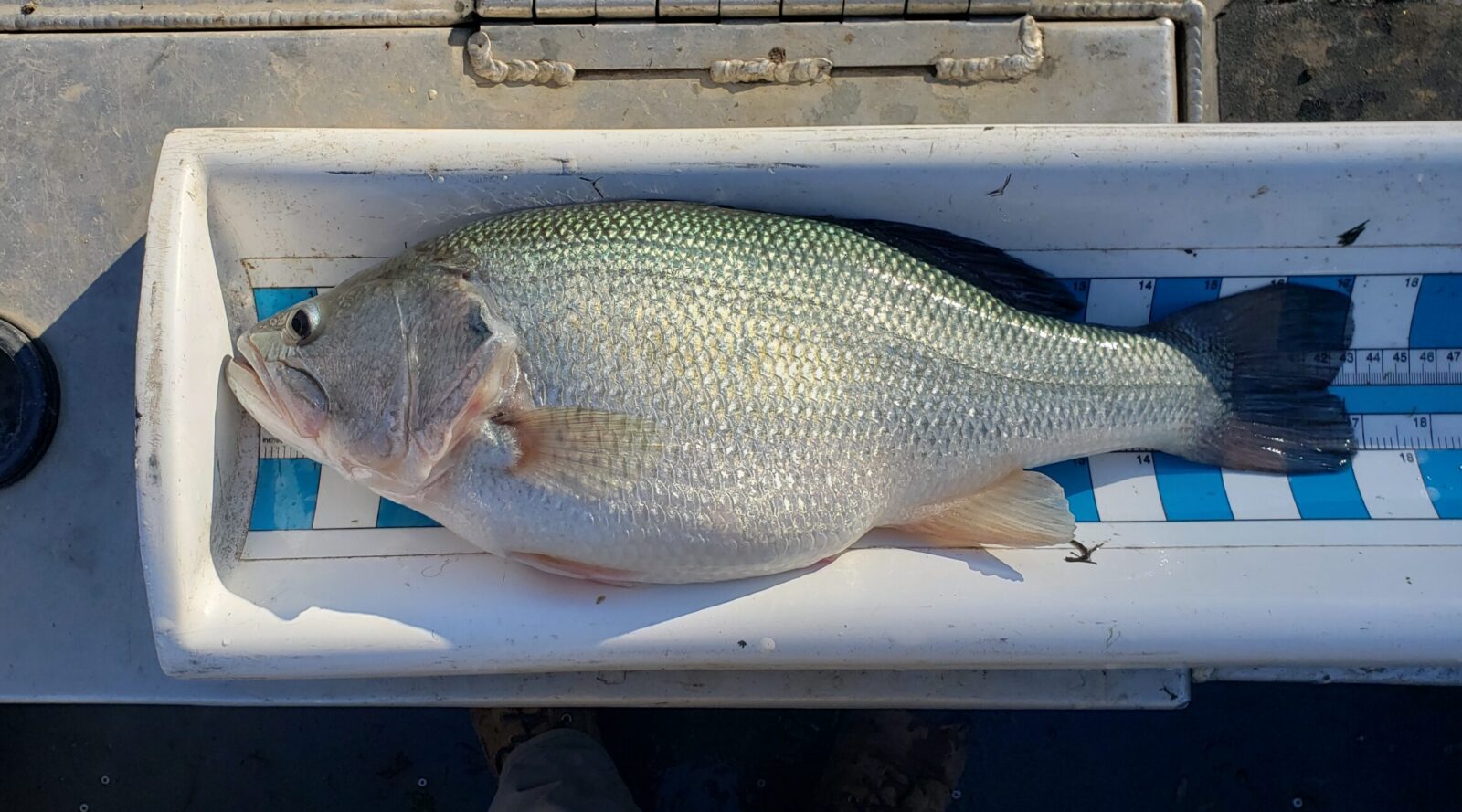
Growing Trophy Fish On A Stable Foundation
AS SEEN IN POND BOSS MAGAZINE
By Dave Beasley, Fisheries Biologist at SOLitude Lake Management
Watching female Largemouth Bass cruise shallow water flats as they hunt down forage fish is a sight to be seen. These oversized fish work together instinctively like a pack of wolves as they push bait into areas for an easier meal. As I stand back and watch, I’m not sure who’s more happy–me or the bass.
I’m guessing they put no thought into how good they have it. I get the sense they assume they live ordinary lives. Who could blame them? Countless hours of good planning, hard work and good fortune allow biologists to capitalize on these rare opportunities, creating the perfect home for trophy fish. Although many variables play critical roles in the success of these fisheries, water quality is the foundation that makes all of this possible. Without good water quality, these world-class fisheries would fail to reach such an elevated level of success.
Water quality management is not glamorous. For most people, it is confusing, subjective, and misleading. Ignoring water quality, or not taking it seriously, will eventually result in a poor outcome. If your sights are set on pushing the limits on bass growth, you must find a way to overcome the difficulties related to monitoring, interpreting and managing water quality. It takes many years of purposeful practice to become a water quality expert. Time alone does not yield success.
The subject is complicated, and many professionals in this field lack a strong knowledge in the subject, ultimately lowering the probability of accomplishing fish growth objectives. I cannot overstate the advantage of partnering with a fisheries biologist who has a deep understanding of water quality.
An experienced water quality expert can simplify the information in a way that inexperienced people can understand. Afterall, most things related to managing wildlife make sense when properly explained. Even if you do not intend to become an expert on the topic, you should consider a basic understanding of the subject due to how critical it is to the success of the fishery. Proper water quality monitoring is not cheap, and allocating the right amount of money to monitoring and related improvements can be hard to justify when things get expensive. With a basic understanding, it can become easier to justify spending the money.
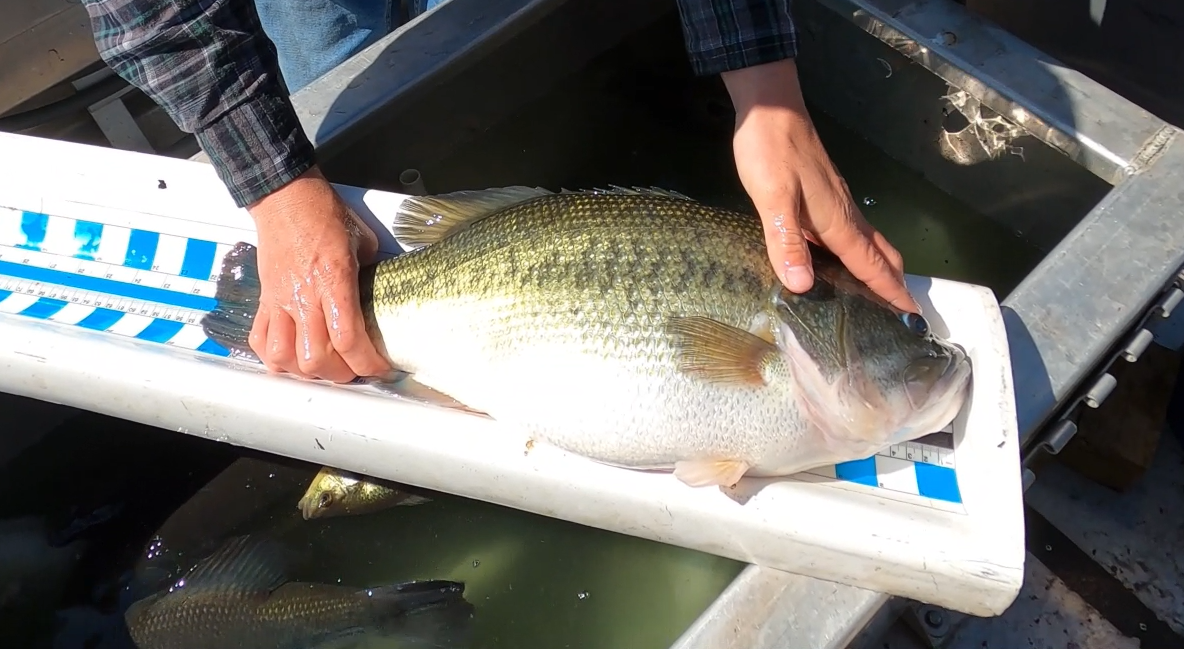
Understanding Water Quality Testing for Trophy Fisheries Management
Let’s start by breaking down the confusing, subjective and misleading attributes. Labs test a wide variety of water quality parameters; half of them sound similar or rhyme, and most do not apply to your needs. Knowing what to test, what time of year, where to collect the samples, at what depth, how to interpret the results–and there you have it, confusion begins to set in. For most people, this is where trophy fish management becomes less fun.
Although confusing, testing the water is the simple part. Understanding how each parameter positively and negatively affects one another is where many people become confused or lose interest. Understanding which of the parameters are interconnected and how they impact one another allows a good fisheries biologist to logically figure out and explain past and present conditions within the fishery.
A big issue with water quality testing is that the results come back from the lab within the desired reference ranges, even though things are out of balance. For example, you have healthy dissolved oxygen (DO) levels, which means you’re in good shape right? Nope, that’s not how it works. Variables such as time of day, time of year, watershed characteristics, ongoing management strategies, as well as both past and future weather conditions all play a significant role in water quality. If you collect a water sample in the afternoon and your DO is 9 parts per million (ppm), and your desired range is > 6 ppm, then great right? Maybe not. It may have been only 3 ppm just eight hours earlier. Afterall, DO increases during the day and decreases at night. So you have to factor in the time of collection. Once you master the basics of relating your results to the time of day the sample was collected, you can then layer in greater levels of foresight. For example, your DO may be great, but your secchi reading is only 17 inches and you have green water. If you have a week of sunny weather in the forecast, then you’re likely in good shape, but if you have a week of cloudy weather in the forecast, then it’s safe to say that you will be facing low DO in the near future. With more knowledge comes smarter management decisions.
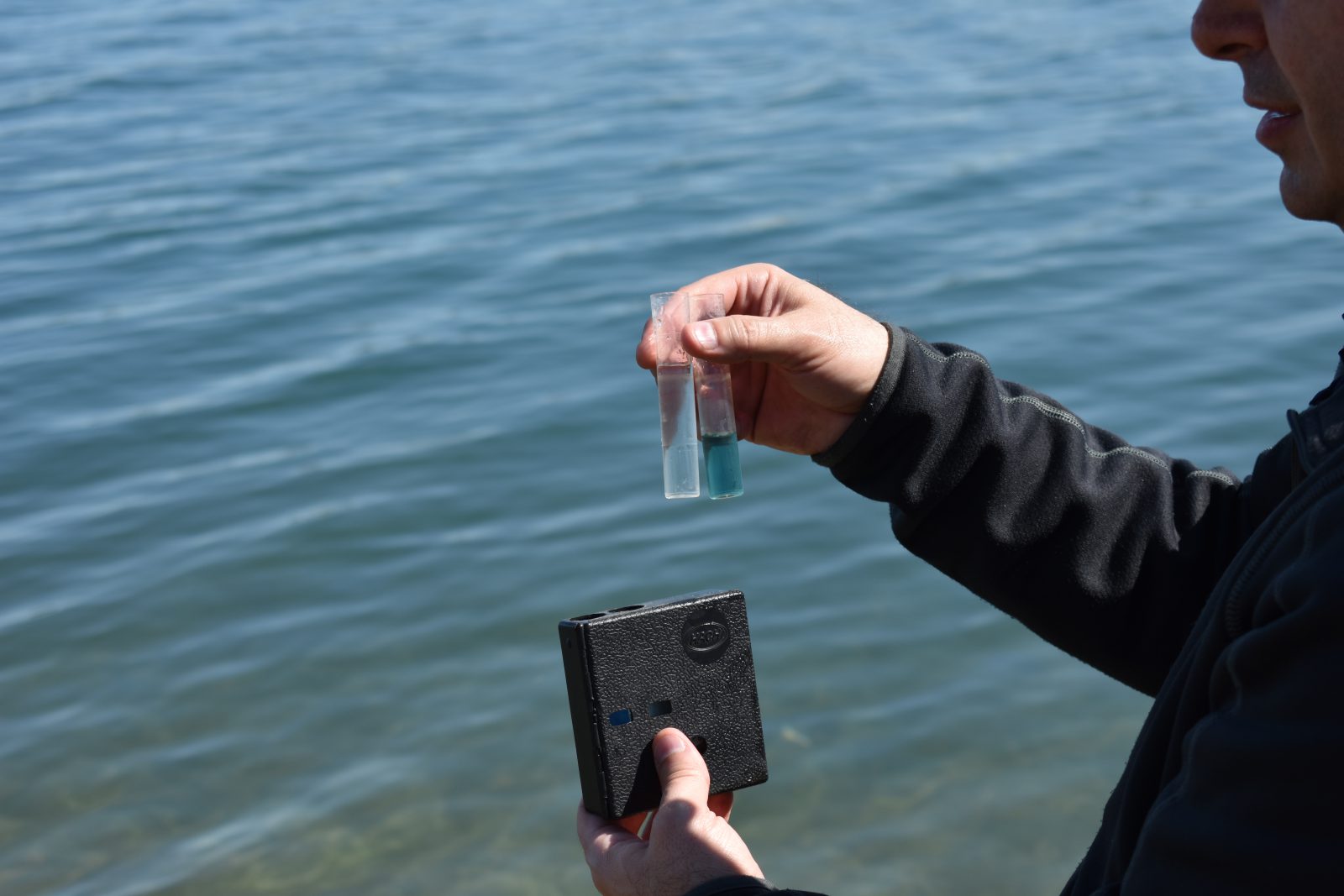
Additional Considerations for Conducting Water Quality Tests In Your Fishery
Another consideration is that surface samples are generally much healthier than samples collected deeper in the water column, and water temperature plays a large role in how healthy the water is. Collecting samples at cooler times of the year will typically tell you the lake is healthy, while collecting in warmer months will highlight where the fishery has cracks in the foundation, especially if you’re testing at the bottom during hot months. Does this mean you should only test when water is warm or hot? No, but if you are only testing water quality once and are trying to learn about DO and phosphorus, then summer provides the most useful data.
In the process of further understanding why water quality data is subjective and misleading, it is important to understand that not all water quality testing is the same. Multiple standardized methods exist to test parameters. This results in different labs using different methods as they attempt to come up with the same answer.
Each time a lab tests your water for parameters such as phosphorus, they should also run a test on a solution that has a known value. This provides the lab technician with confidence that they can trust the results they came up with when testing your lake water. If they test the standard and receive a reading that is different, then they start over and retest everything. Even with strict protocols in place, labs have set tolerance limits, accepting variances as high as 10 percent from the standards when testing in the low detection limits. This acceptable variance among high quality labs is a reflection of how difficult it is to obtain accurate water quality results for certain parameters.
High quality, accredited labs complete routine proficiency testing. This is a process where the lab is sent blind samples from an accrediting agency, and that lab needs to report back to the agency accurate results to maintain their accredited status. When possible, it is best to find a high quality, accredited lab and then stick with them, as it is more likely that you will receive results that are apples to apples. Analytical labs are the go-to when possible, as they are typically the ones with strict standardization and calibration protocols in place.
Using these high quality labs is most important when looking at low detection levels in the parts per billion range. Accurate results require testing the water as soon as possible, in many cases no more than 48 hours after collection, and those samples should be chilled and remain cold from the time of collection to the time the lab is ready to test. The sooner you can have the sample tested, the better your odds of receiving good data. A lab that rejects water samples because they do not meet the time or temperature requirements is the type of lab you should work with, as they take water testing seriously.
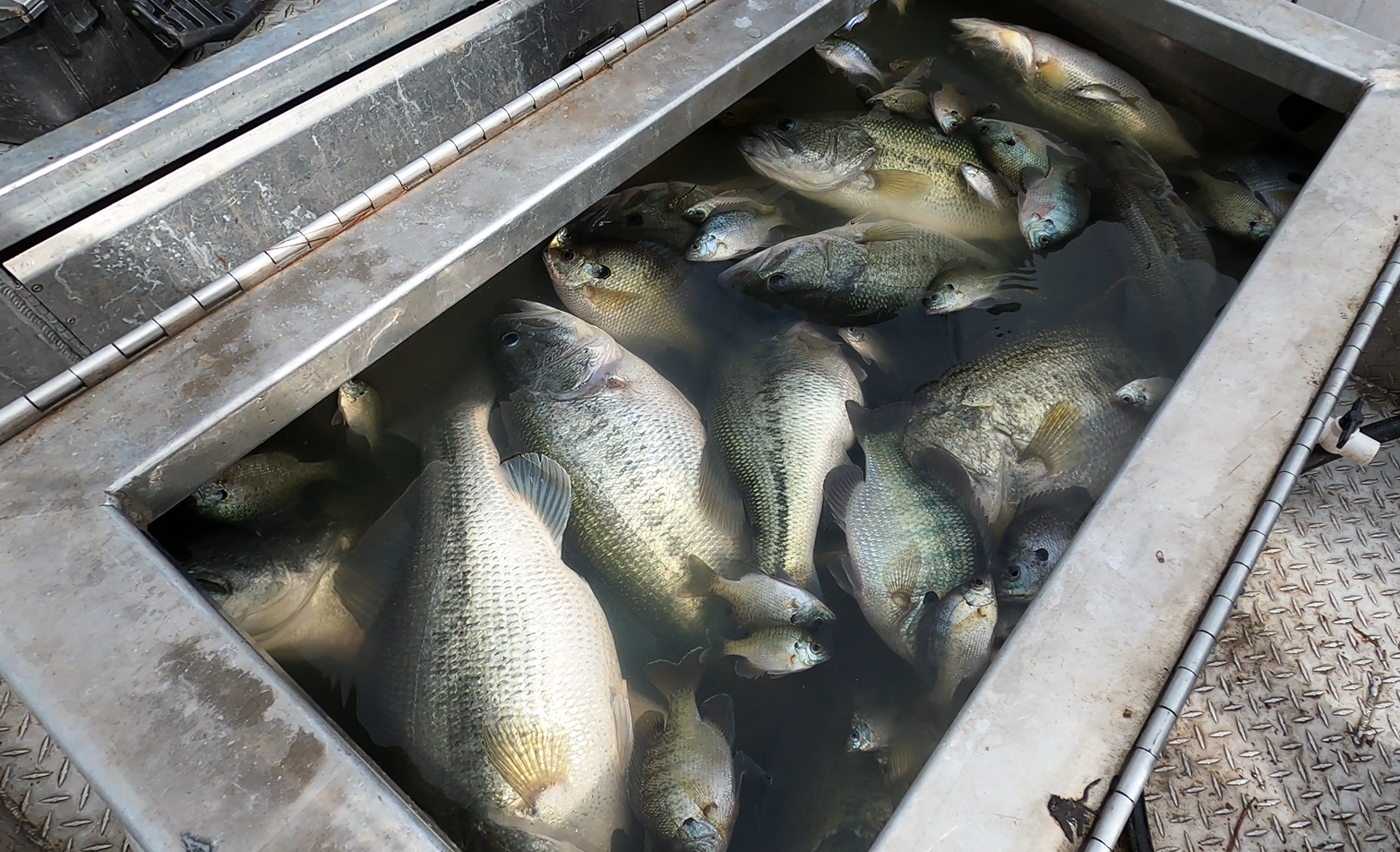
Utilizing Water Quality Data to Grow Trophy Fish
Once tested, the data needs to be incorporated into your fisheries management plan. This requires strong critical thinking, as well as working knowledge of the fishery. The data should make sense when considering both the past and present conditions in the waterbody and fishery. It is important to minimize assumptions.
A good water quality monitoring program should continuously build to its water quality dataset. Each sampling event is a data point, a dot on a map. A good fisheries biologist can analyze those data points and formulate sound management decisions to ensure high probabilities of success.
It is important to note that fisheries being managed intensively for the production of trophy fish should strive for great water quality, not simply good water quality. In some cases, the optimal ranges for parameters are not good enough. If looking to create an exceptional fishery, you should hold your water quality to higher standards than the average waterbody.
Sound data teamed with proper critical thinking allows biologists to ensure that future management strategies are aligned with the needs of the fishery. As you solve the riddle, you can then start making real progress and improve the probabilities of success. Get the riddle wrong, and you eventually fail one way or another.
Becoming a water quality expert is a by-product of passion for trophy fish management, rather than a reflection of how enjoyable the topic is. If you want the highest probability of producing trophy fish, then you have to put in the time on this less than exciting, complicated subject matter. If becoming an expert is not for you, then hire one. The rewards from your hard work and smart decisions will help you build the foundation needed to create some incredible memories.
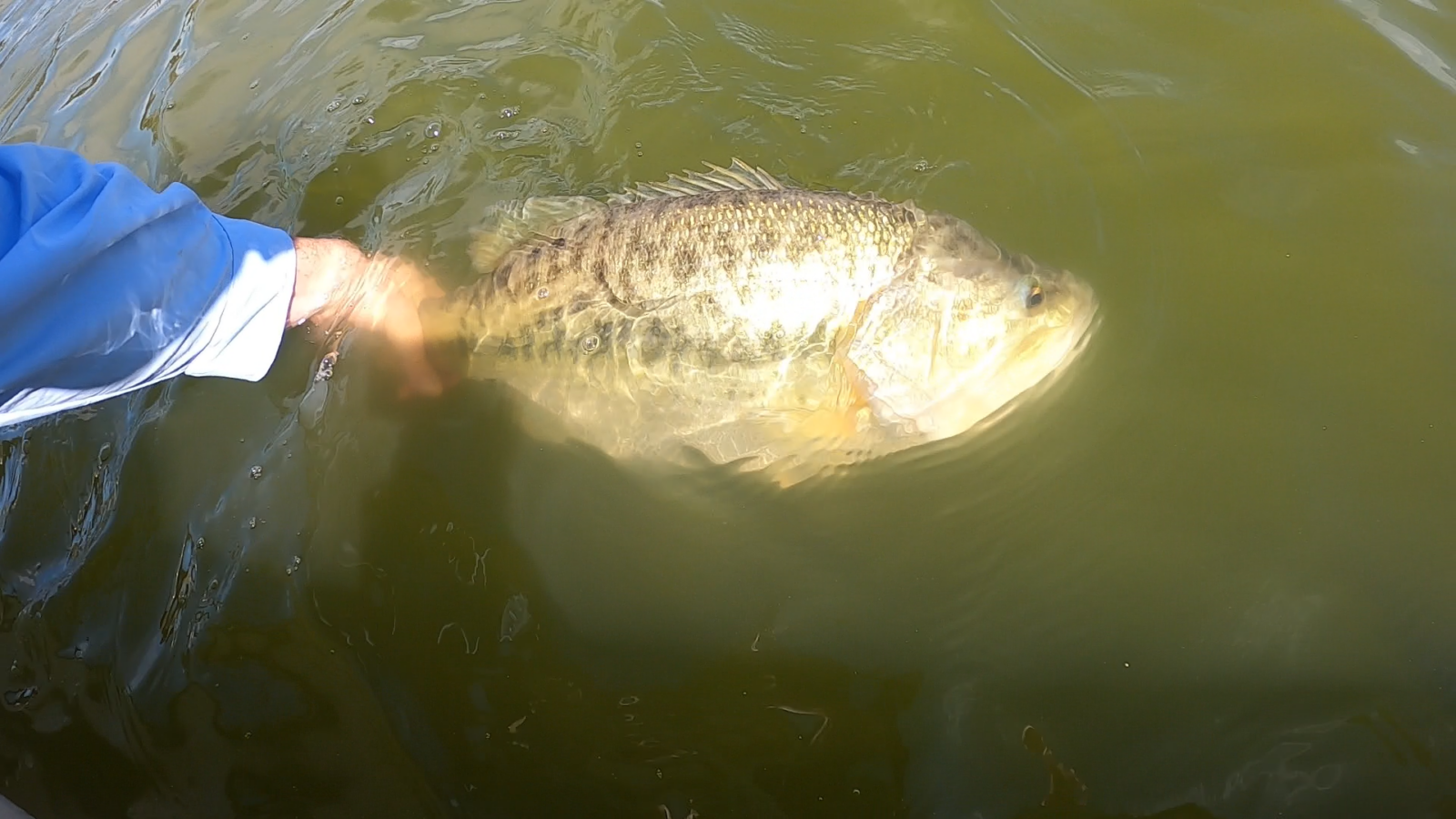
Build Your Dream Fishery
Contact Our Fisheries Experts
Call us at 888-480-5253 or complete the form below to connect with an aquatic management expert.
SOLitude Lake Management is a nationwide environmental firm committed to providing sustainable solutions that improve water quality, enhance beauty and preserve natural resources.
SOLitude’s team of aquatic scientists specializes in the development and execution of customized lake, stormwater pond, wetland and fisheries management programs. Services include water quality testing and restoration, algae and aquatic weed control, installation and maintenance of fountains and aeration systems, shoreline erosion control, muck and sediment removal and invasive species management. SOLitude partners with homeowners associations, golf courses, private landowners, businesses and municipalities. SOLitude Lake Management is part of Rentokil, a leading business services company, operating across the United States, Canada and Puerto Rico.
For more information, visit SOLitude Lake Management at solitudelakemanagement.com, and connect on Facebook, LinkedIn and Twitter.









